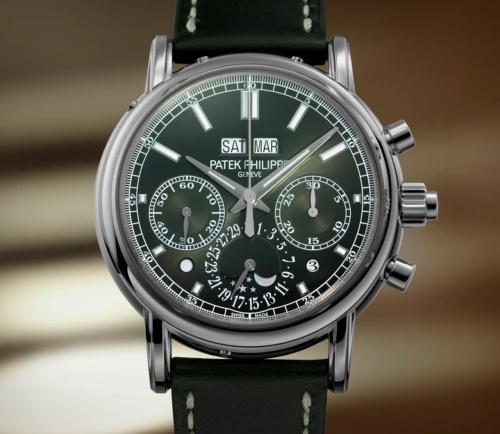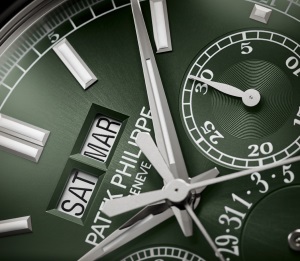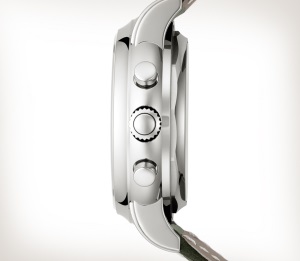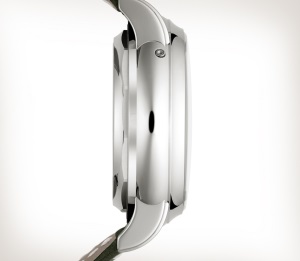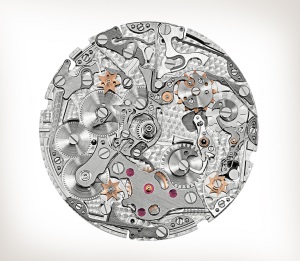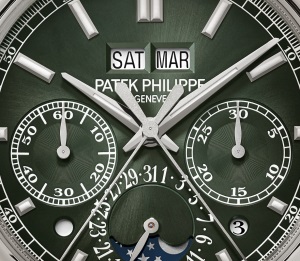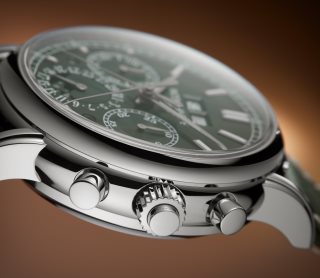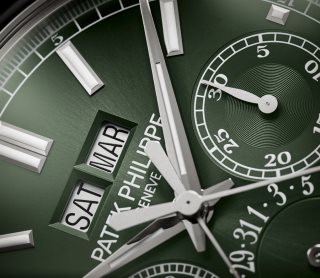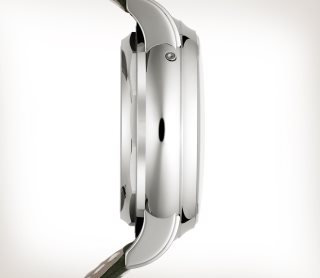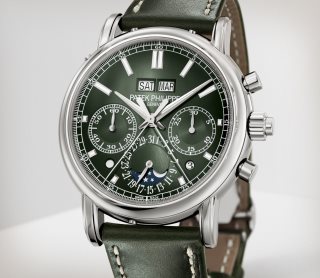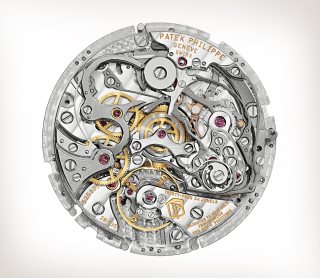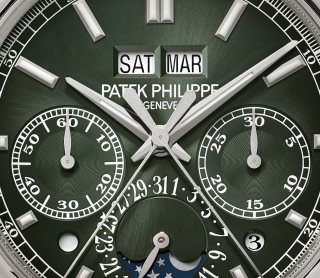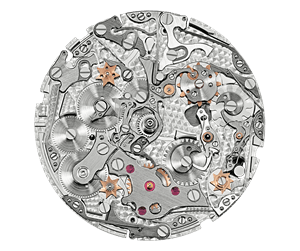Introduction
5204G
-
Grand Complications
Manual winding
Patek Philippe has reworked one of its grand classics, endowing it with a white-gold case and an olive green sunburst dial with a black gradation to the periphery. It is a chord of colors that is both contemporary and timeless.
This new Ref. 5204G-001 split-seconds chronograph with perpetual calendar features the manually wound caliber CHR 29-535 PS Q movement, traditional architecture, and seven patented innovations.
The new model combines two of Patek Philippe’s most coveted grand complications.





